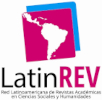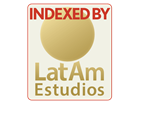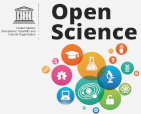Archives
-
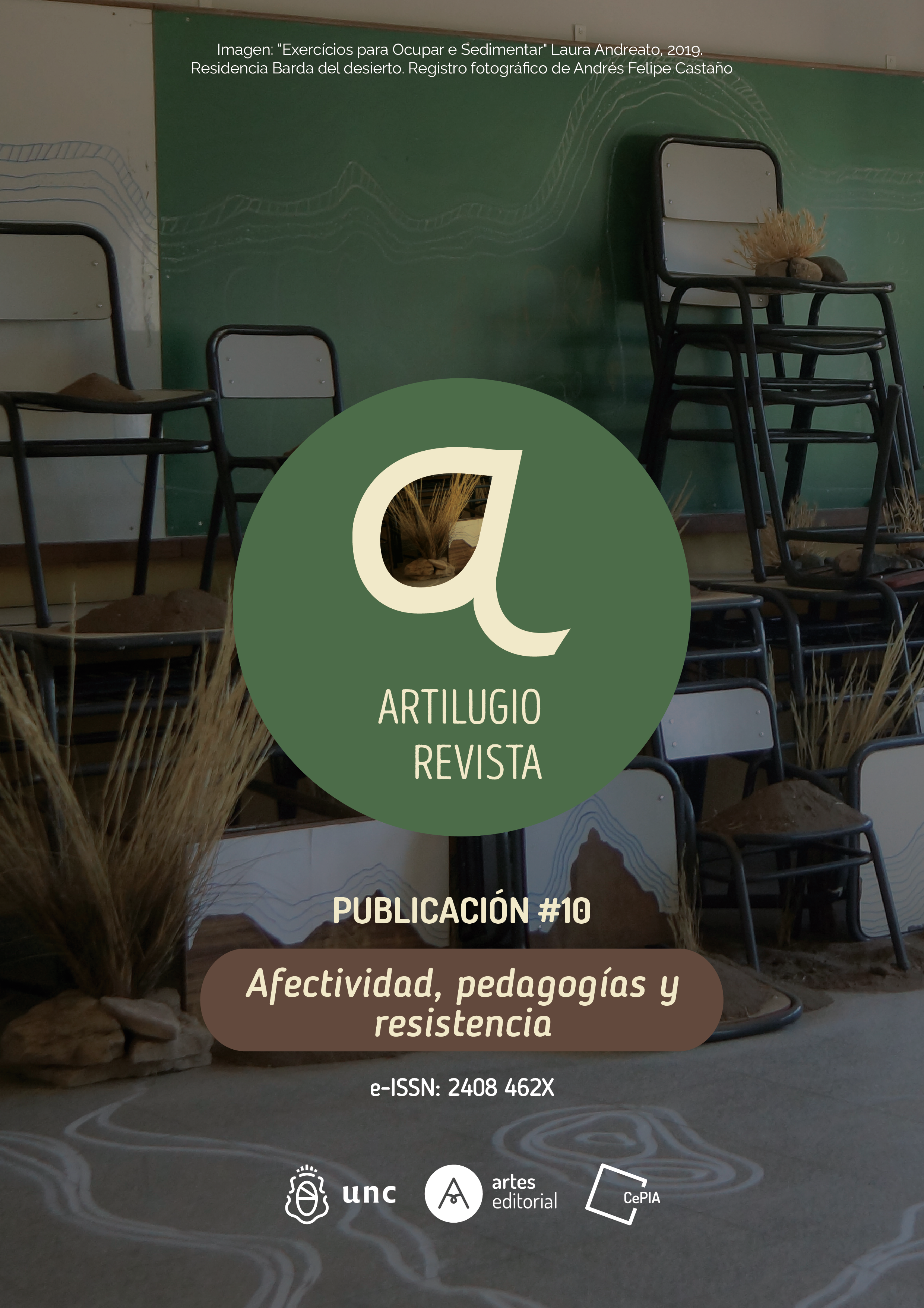
Affectivity, pedagogies and resistance
No. 10 (2024)In the tenth year of the Journal we share an issue of vital importance for artistic praxis and research, in such an adverse and complex context for our fields of knowledge and action: Affectivity, pedagogies and resistance. These three concepts are fundamental motors that run through the collective fact that gives meaning to what we do: working together with other people, tracing perceptive and sensitive links that dispute the logic of mercantile exchange as the only possible way to survive in today's world. From the imaginative exercise of the arts we can fabulate and speculate about other modes and logics that subvert the given, so that by experiencing the impossible we can criticize the possible as that which limits us to reproduce oppressive systems and thus we can expand their limits affectively and expansively.
-
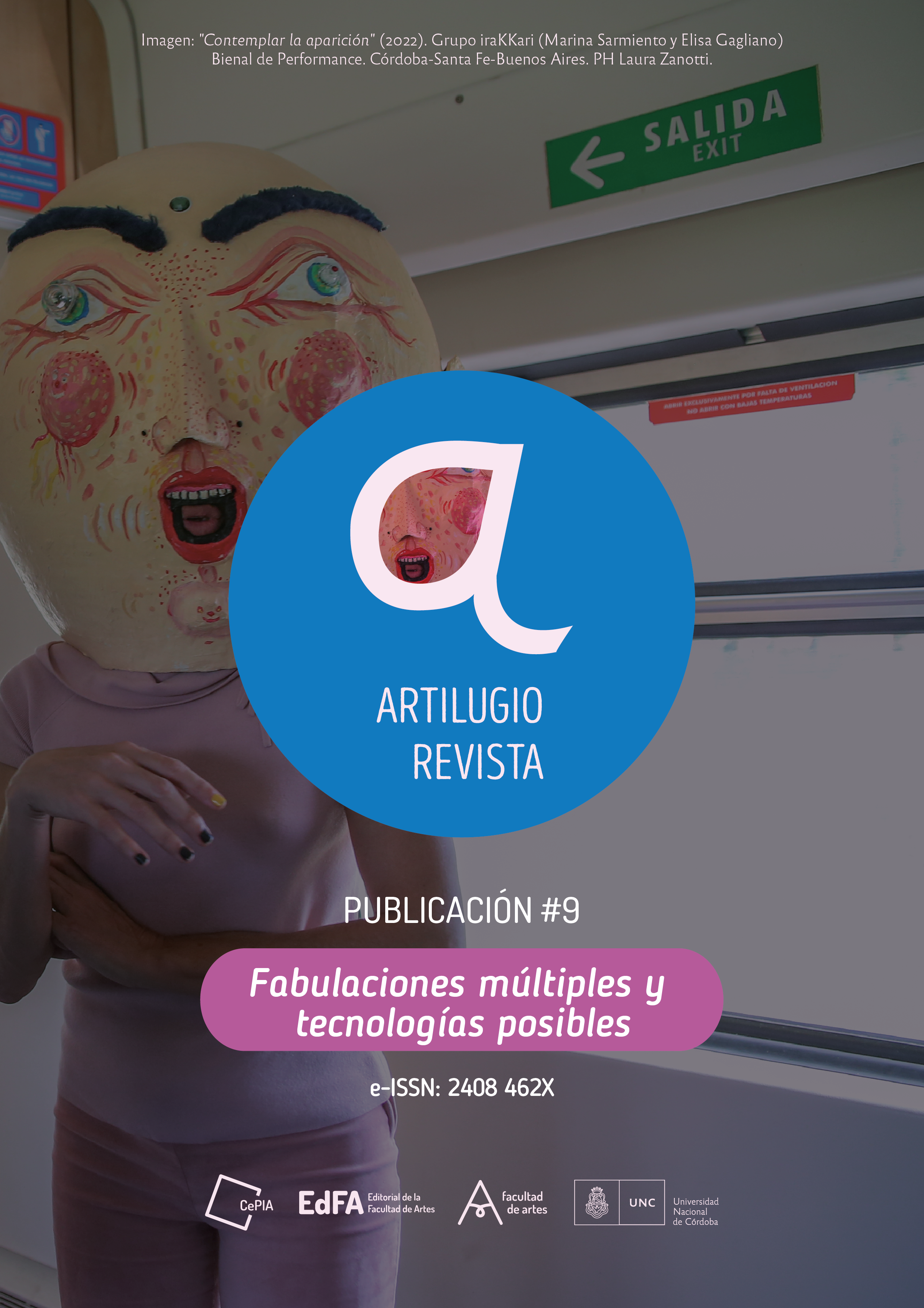
Multiple fabulations and possible technologies
No. 9 (2023)En un escenario contemporáneo de inminente crisis ambiental resuena la pregunta que hace Donna Haraway: ¿qué hacemos con el tiempo que nos queda? ¿Cómo dar batalla al capitalismo furioso y a un paradigma positivista que, en su eterna promesa de progreso y bienestar, propone colonizar roboticamente nuestras facultades humanas? Una salida, indica la filósofa, podría ser reparar en cómo contamos nuestras historias, el lenguaje y su poder creador de realidad/es. En este sentido ARTILUGIO impulsa un espacio de reflexión, creación y diálogo en torno a fabulaciones múltiples y tecnologías posibles.
Este número propone un recorrido por narrativas, fabulaciones y poéticas que, desde una zona de encuentro con saberes científicos y ancestrales, buscan accionar y repensar vínculos sensibles, afectivos y perceptivos con nuestro mundo. Experiencias para habitar de manera más respetuosa mientras construimos herramientas, prácticas y miradas que habiliten volver a vislumbrar un futuro en comunidad.
-
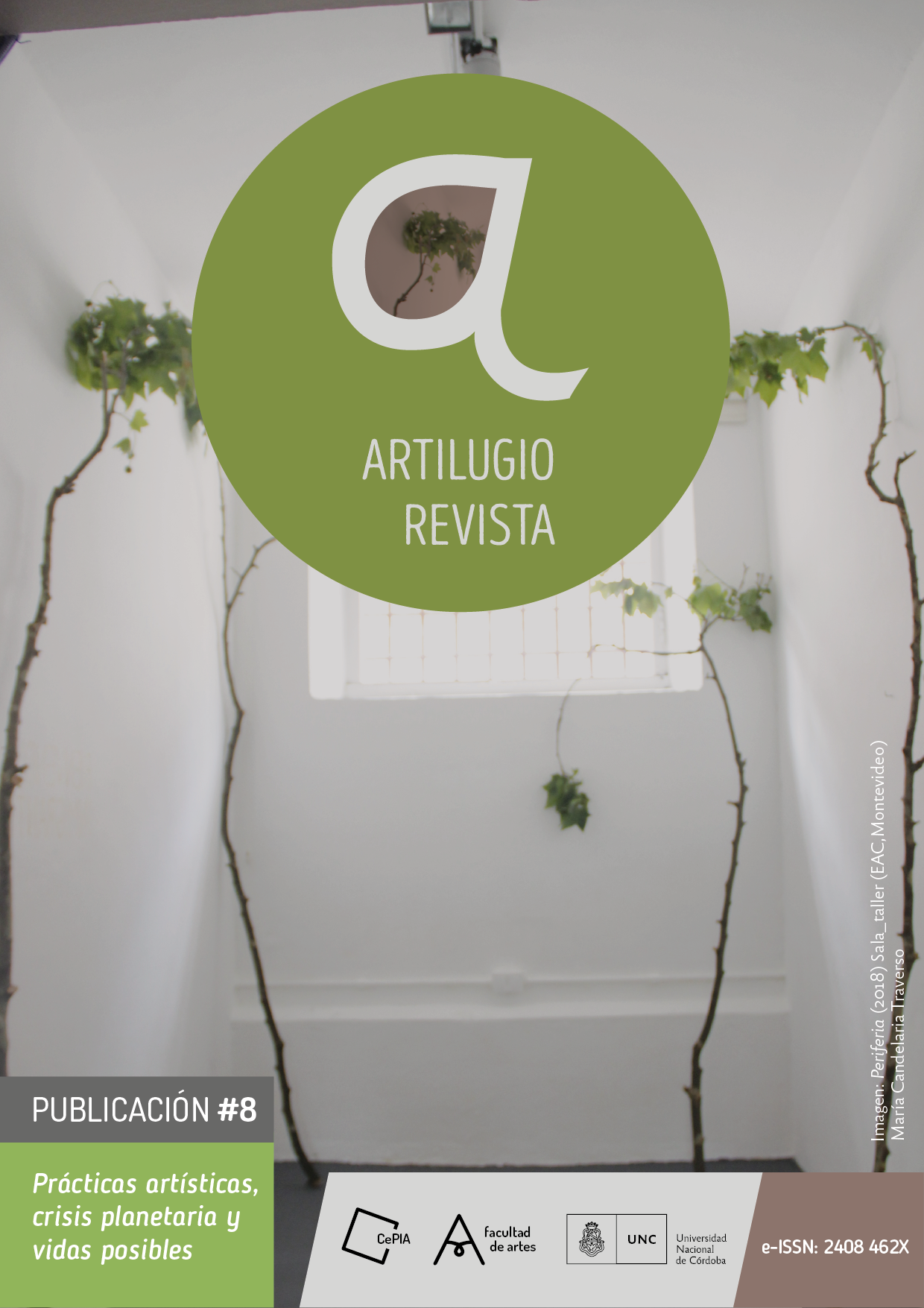
Artistic Practices, Planetary Crisis and Possible Lives
No. 8 (2022)The current social-environmental crisis the world is facing demands answers. The ongoing global ecological and health disasters demonstrate the consequences of consumption and exploitation patterns and of practices that represent mistreatment of living and non-living beings and ill-treatment among human beings. This unequal and self-destructive panorama forces us to revise the ways in which we inhabit our world from more conscious and sensitive frameworks that open the door to empathy, diversity, and the exchange of knowledge.
This Artilugio issue proposes the emergence of a space where participants can socialize and conduct research related to artistic experiences that address these issues and reflect on the following questions: How do we respond to the ongoing social-environmental crisis?; Which habitable and possible worlds and lives can we re-create?; Which imaginaries do artistic practices reflect?; What action-practices do we want (or not) to keep reproducing?
-
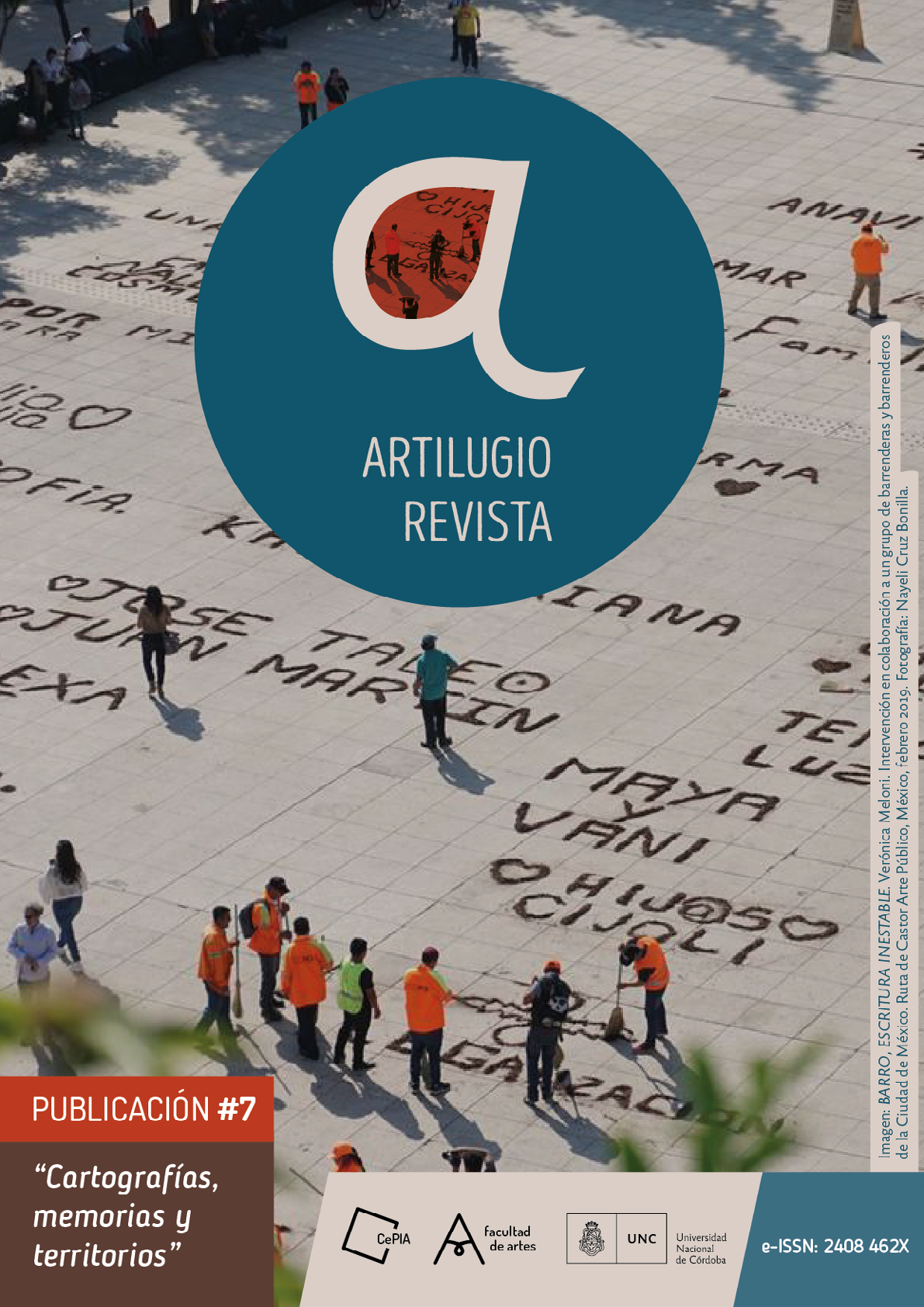
Cartographies, Memories and Territories
No. 7 (2021)This issue emerges from the need to make conversation with situated artistic practices that welcome their time and space to create coordinates of singular actions and thoughts. While the sciences and the arts had to fit into general structures of knowledge at the end of the last century, the new post-truth millennium forces us to face up to the unavoidable need to embrace our fields of vision and make sense of our discourses.
With this goal in mind, we call for works that reflect on the relations between artistic practices and their environment and we encourage them to observe processes of action and creation inhabited by spaces, times, textures, bxdies, periods of history, cultural relations, and social practices. In this way, the different experiences, practices, actions, and reflections that this issue collects account for the broad repertoire of ways in which these different dimensions that inhabit us take place. Intervening public monuments, conveying new senses to places with our bodies, rewriting social memories, drawing new maps, redesigning typical landscapes, building oblivion maps, and recording the invisibility of time are only some of the poetic strategies and operations that bring us closer to different ways of seeing, being and understanding the world. These emotional and political perceptions turn into reflective strokes and materials that allow us to recognize, reinterpret, deconstruct, and reconstruct our ways of living together.
-
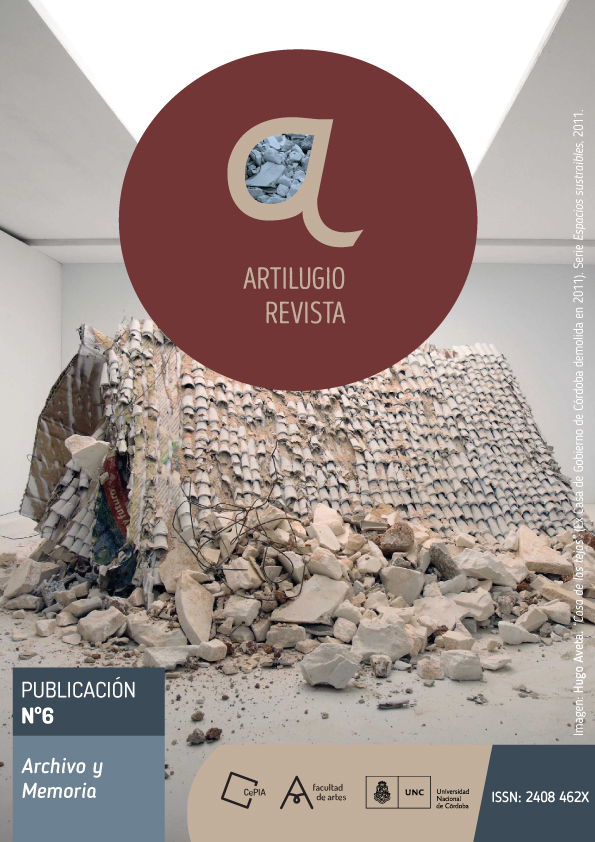
Archive and Memory
No. 6 (2020)This issue addresses those archives and memories that act as driving forces of contemporary artistic poetics and play with the current ways of recording the present by building archives, deconstructing hegemonic discourses and memories, and practicing new connections between experience and the conservation of time in a world that is simultaneously real, virtual, local and global. How do we imagine the post-pandemic world? How will this new collective experience affect our memory and the ways we record, select, organize and build archives? What role do archival poetics play in the awakening towards new conceptions of life, that what is livable, the present and its conservation or endurance? Some of these questions, which are inevitable in this historical context and have had an impact on the arts for a long time, penetrate the texts, artistic productions, reflections, and dialogues that we share in this journal.
-
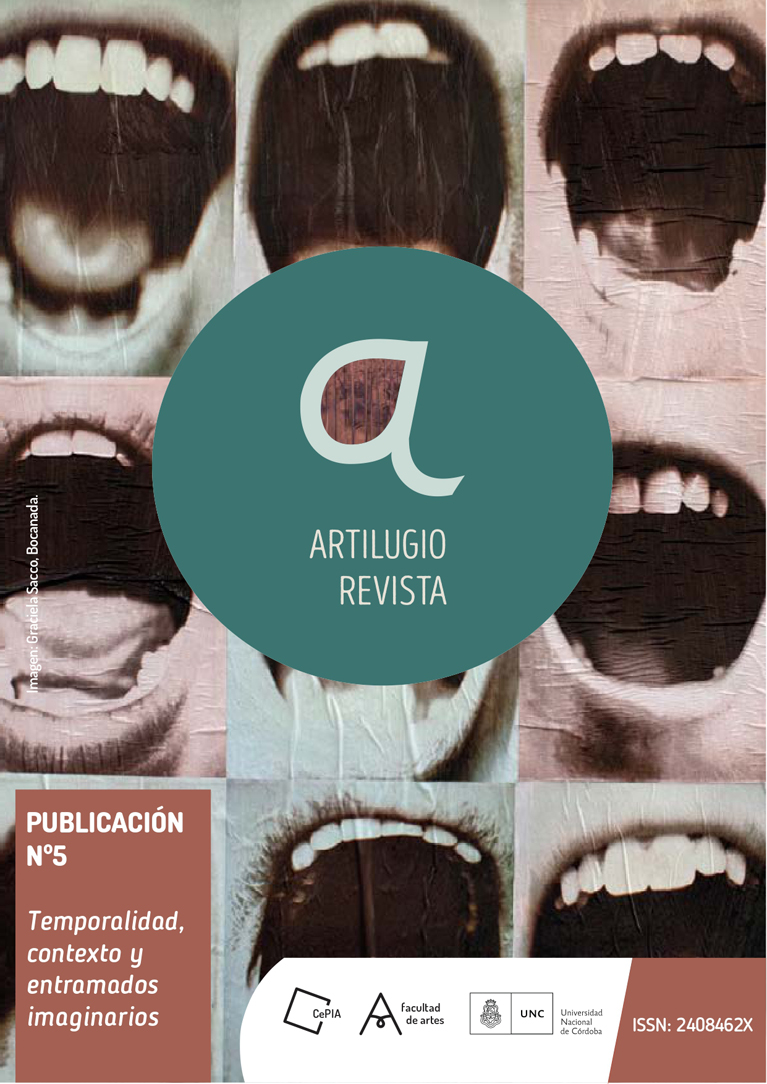
Temporality, Context and Imaginary Frameworks
No. 5 (2019)This issue addresses the connections between artistic practices, temporalities, contexts, and imaginary frameworks: How do they converse with their environment and what types of imaginaries do they build?; What types of temporalities are engraved in artistic materialities?; What tensions or transformations can be created from practices that take place with different audiences and communities? In the different sections of this issue, we combine these questions with concrete experiences to give emphasis to the singular and collective narratives of the events, processes, and expressions of our time and make these engage in conversations with memory, the present, and the contexts.
-
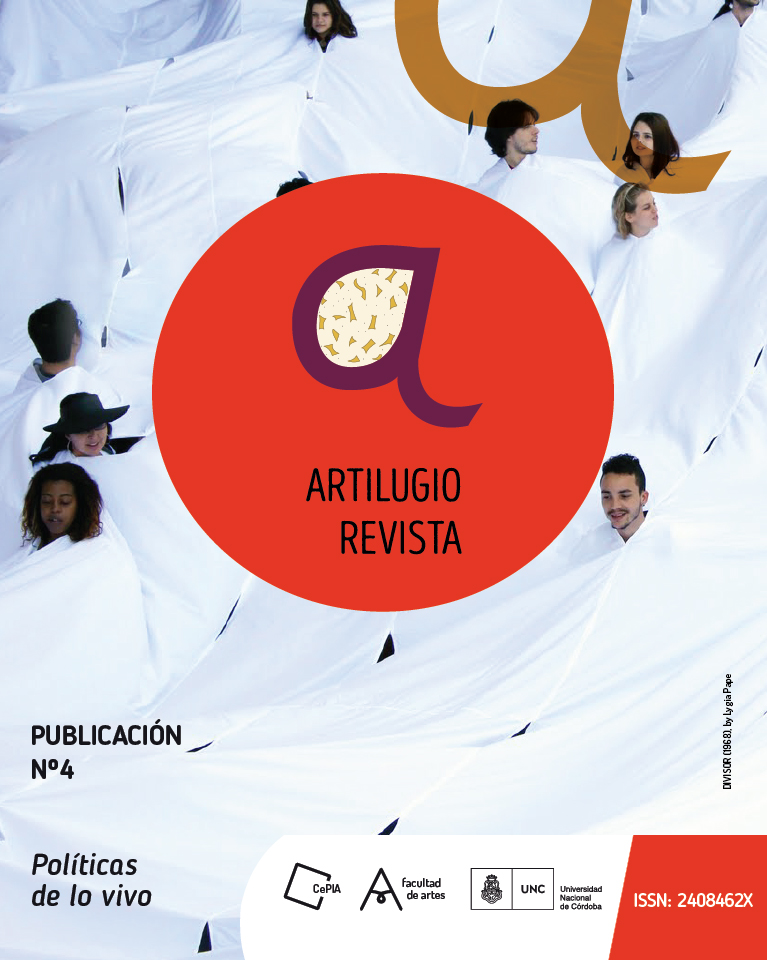
Policies of the Living
No. 4 (2018)In this issue, we encourage everyone to reflect on the bonds established in those artistic practices that convey meaning in encounters with others. In the contemporary arts, the particular interests of the performing arts have been expanded to the visual, sound, and audiovisual fields, which allows for a revision of the present conditions of artistic executions. This makes an issue of the notions of presentation/representation based on daring encounters between artistic materials and spectators. Likewise, the performing turn of culture has adopted methodologies from the arts to address social rituals from an anthropological perspective and review pedagogical practices, religious and political representations, the means of communications, and the dramatization of reality, among others.
-
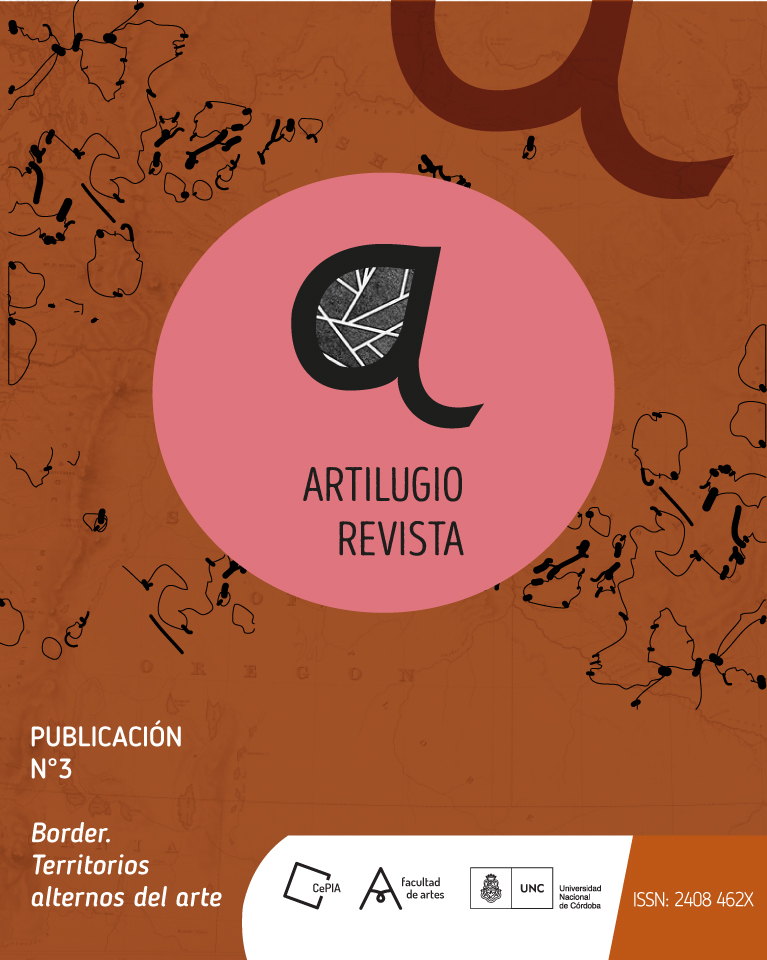
Border. Alternative Artistic Territories
No. 3 (2017)This issue encourages everyone to reflect on the poetic, ethical, and political consequences of those artistic experiences that move from traditional spaces or circuits legitimized by practices to new territories.
Although different theoretical approaches have historically questioned the boundaries between life and the arts, these boundaries appear now not as limits, but as territories that allow for new possibilities and intersections. This can be observed in those artistic practices that question the limits of the arts and their logic of production and in those that move to non-aesthetic fields, such as the scientific, the political, the pedagogical, the social, and the urban field. These experiences put a value on the creative process by perceiving it as a stroke of collaboration where complex and undifferentiated authorships are created.
Is this situation a product of its time or was it art that searched for these new territories? To inhabit the borders. To place ourselves between the borders. It is in the presence of this panorama that some questions arise: Which new work dynamics do these artistic openings and alternatives create? Which specific poetics are built? How is the experience with the audiences reconfigured? Which are the hybrid imaginaries that allow for questioning? Which critical tools do we have to analyze their ambiguous condition?
-
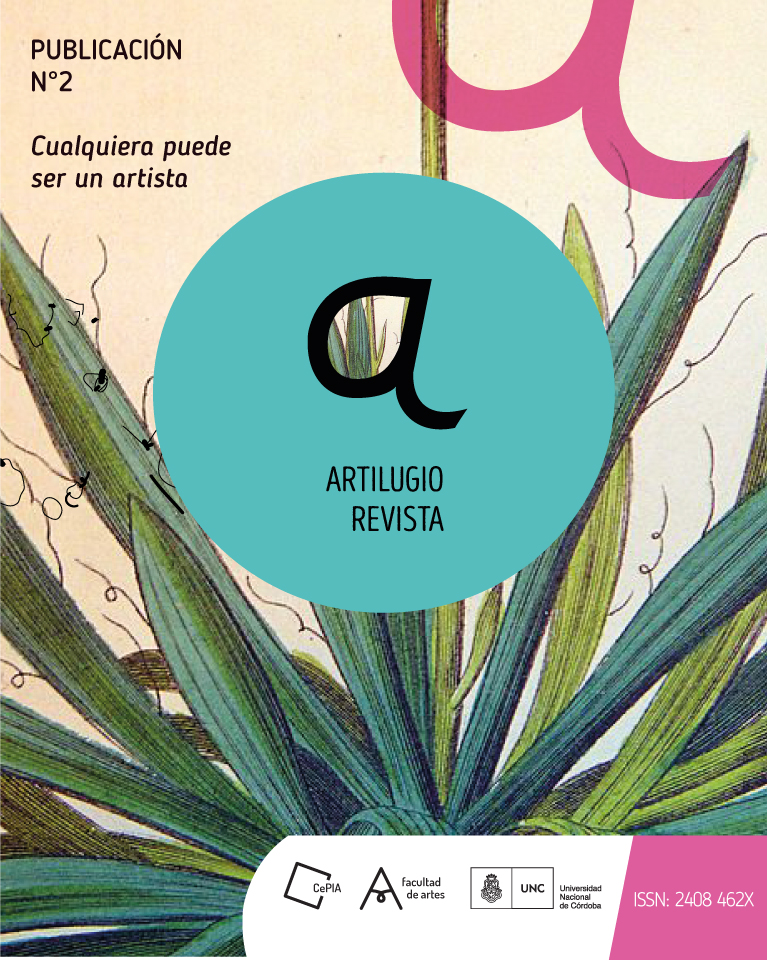
Anyone can be an Artist
No. 2 (2015)This issue is marked by the central theme “anyone can be an artist”, a teasing phrase that allows us to encourage the development of diverse reflections on the indeterminate condition of contemporary artistic practices. Different questions arise around this theme: Is there a specific know-how that defines the condition of being an artist? Does a creative process turn its participants into artists? What are the differences that emerge between technique and creation? The possible responses and approaches can be given from historical, philosophical, and artistic perspectives.
Instead of searching for limits and categorizations, we are interested in enabling diverse lines of thought about the contemporary artist. If anyone is an artist, the artist loses the uniqueness of their identity and its differentiation from others. This would be one way of looking at this issue. Another would be to think that anyone can be anything distinct from what they already are, that anyone can be an artist if they want to. Game on!
-
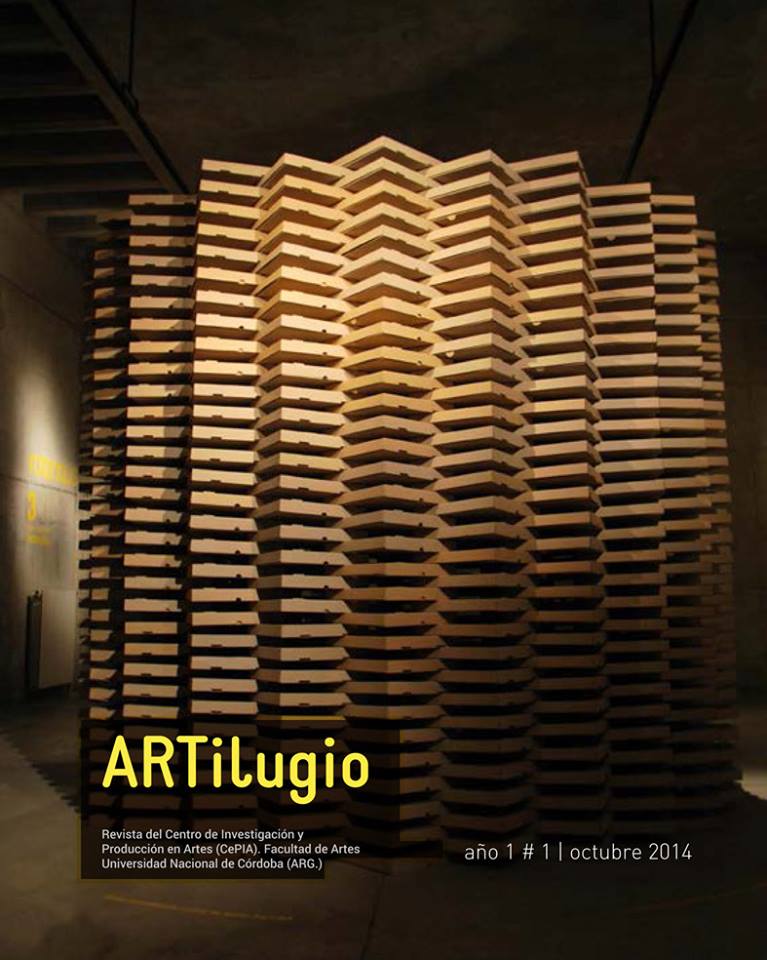
Singular Practices and the Public Sphere
No. 1 (2014)This issue places us on the relational condition of the artistic phenomenon and allows for the arising of questions that may orient the writing process. Particularly, we are referring to the relation between the dimension occupied by singular productions and creations (both those carried out by individualities and by any type of intersubjectivity) and the presence of these processes in the public sphere in any of its manifestations.
Sometimes, creation takes place in an individual dimension; sometimes, in a collective one; however, sooner or later, in real-time or not, artistic productions allow for the encounter between artists and the public. Here, a patchwork of multiple possible approaches takes place: What are the consequences of opening an artistic production to an audience? Which proposals are put forward by the artist to make the spectator create something? Is the spectator perceived as an individual or as a sort of assembly member built in a community? Which other possibilities allow the artists to integrate the audience in the process of creation (and not only in the display of the production)? Which connections can take place between singular and collective desires as the driving forces of artistic and social creations?
Some possible responses are put forward in this issue.













